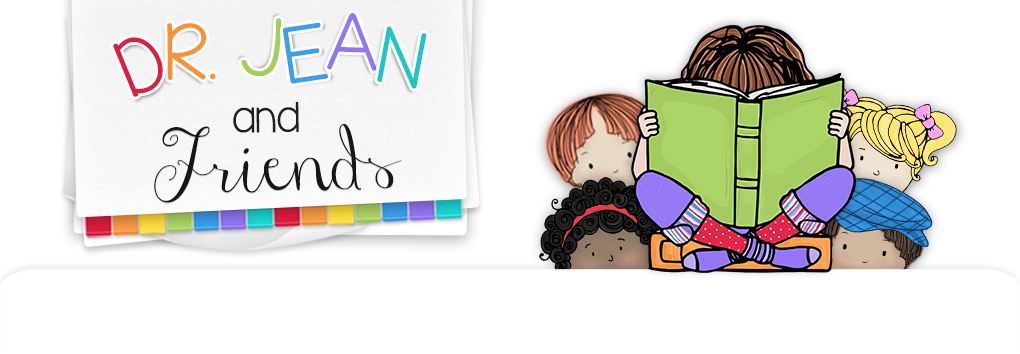Before children can be expected to "learn" letters, they need to "play" with letters! And that's why Carolyn Kisloski and I wrote our new book. We put our seven decades of teaching children together and came up with the best tried and true activities that your children are sure to LOVE!
Many teachers question how they should introduce letters. Should you do capital letters first? Is there a specific order you should follow? There is NO definitive research to support one particular strategy. Children come to you with so many varied experiences and skills that one size will not fit all. However, there are two principles that we think are important.
First, make it authentic! Teach letters in context and connect with children’s names, units of study, nursery rhymes, and other interests. For example, a trip to the pumpkin patch would be the perfect time to talk about Pp. Talk about the letter Jjwhen you say Jack and Jill. If your football team is the Falcons discuss the letter Ff.
Second, make it playful and challenging. Use hands-on activities, songs, movements, and games to stimulate multiple senses. Blocks, play dough, puzzles, and magnetic letters are much more REAL than a worksheet or computer game.
Finally, remember that children take it in and take it in and take it in – and then something comes out! They don’t all learn in the same way at the same time, so you have to provide a variety of opportunities to learn. The key is to keep it fun and make them feel successful.
PLAYING WITH LETTERS is meant to be a resource that you can use with any reading or alphabet program that your school has selected. The ideas can be adapted for circle time, learning centers, small group instruction, take home activities, brain breaks, or transitions to provide children with learning opportunities throughout the day. Think of these activities as a spoonful of sugar to make those skills and standards “taste” more fun!
Note! Although we focus on alphabet letters, you can “harvest” these ideas and make them work for the age and interests of your students. For example, if your children are proficient with alphabet knowledge, use these ideas for sight words. For younger children adapt these activities for learning colors and shapes.
The activities in our book are organized around these categories:
Touch and Tell (Multisensory)
Teaching Transitions
ABC Tools and “Toys”
Let’s Play and Learn Games
Letter Land (Classroom Print &Alphabet Books)
Ready to Write
Letter Centers
Singing Letters and Sounds
Alphabet Poetry Book
There were 26 letters hundreds of years ago, and those same letters still make all the words that we read today. Those letters open the door to a lifetime of reading and learning.
Want a sneak peak?








